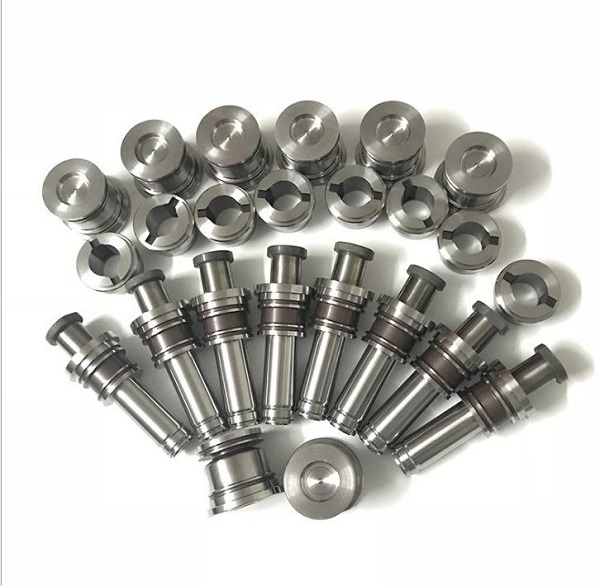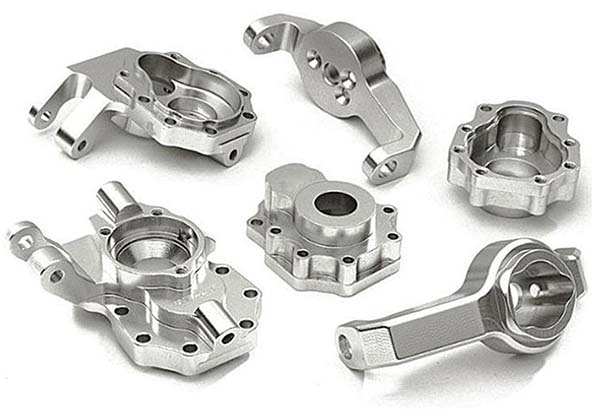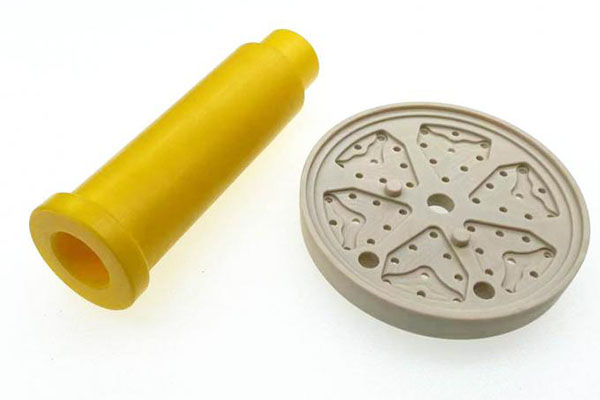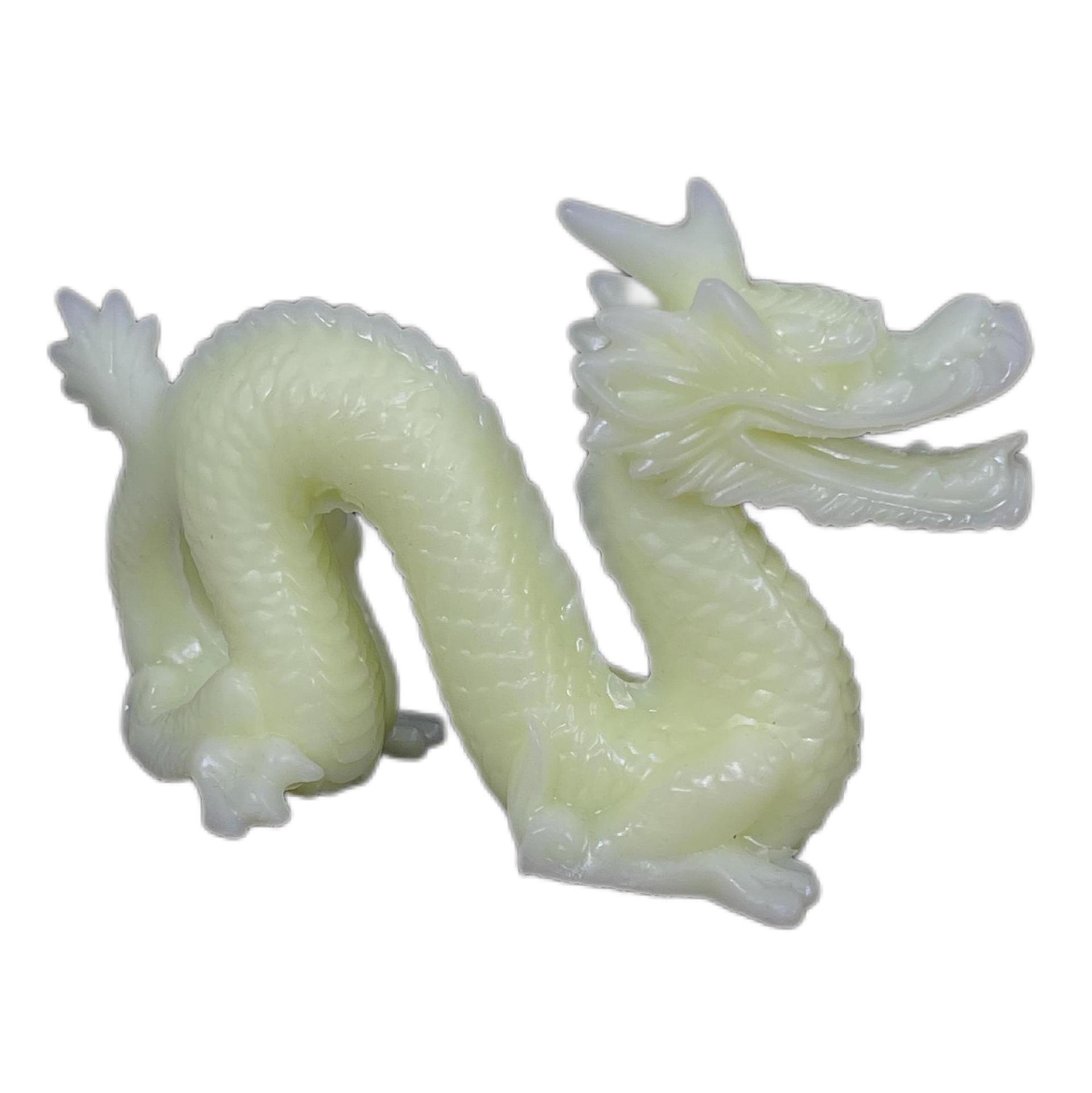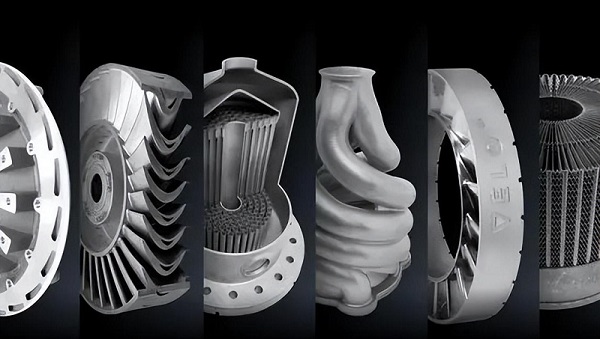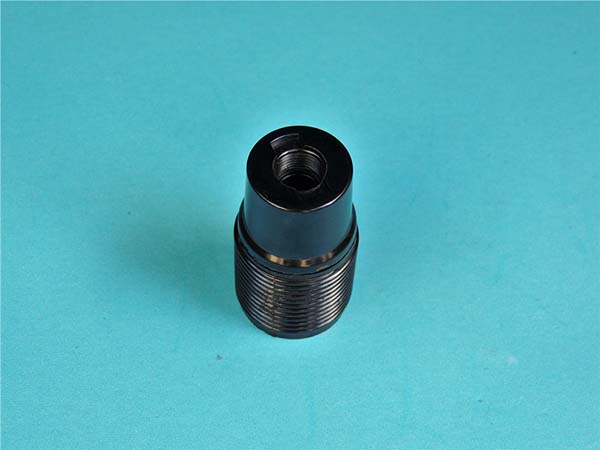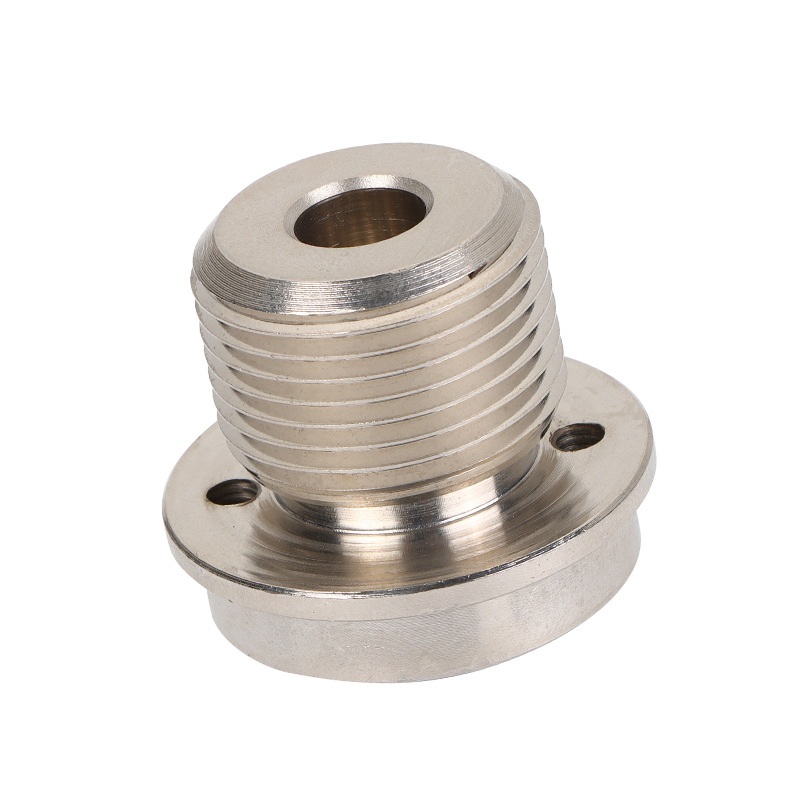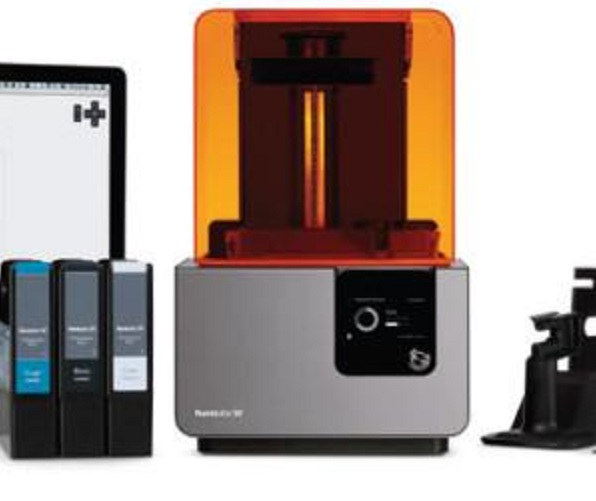1. What is EBM 3D Printing?
Electron Beam Melting (EBM) 3D printing is a revolutionary metal - based additive manufacturing technology. It belongs to the family of powder - bed fusion 3D printing techniques, but with its unique way of operation.
Principle
At its core, EBM 3D printing works by using a high - energy electron beam as the heat source. Here's a step - by - step breakdown of how it creates three - dimensional objects from metal powders:
- Powder Spreading: First, a thin layer of metal powder is evenly spread across a build platform. The thickness of this layer typically ranges from 50 to 200 micrometers, depending on the specific material and the requirements of the final product. For example, when printing titanium - based components for the aerospace industry, a layer thickness of around 100 micrometers might be used.
- Electron Beam Scanning: Once the powder layer is in place, a high - energy electron beam, generated by an electron gun, is directed at the powder. The electron beam is controlled by a set of electromagnetic lenses and deflection coils, which can precisely position the beam across the powder bed. The beam scans the powder layer according to the cross - sectional geometry of the object being printed, as defined by a 3D CAD (Computer - Aided Design) model. When the electron beam hits the metal powder, it transfers its energy to the powder particles. The energy causes the powder to heat up rapidly and reach its melting point, fusing the powder particles together.
- Layer - by - Layer Construction: After one layer of the powder has been melted and solidified, the build platform is lowered by the thickness of a single layer. A new layer of powder is then spread on top of the previously solidified layer, and the electron beam scanning process is repeated. This layer - by - layer process continues until the entire 3D object is constructed. For instance, if you are printing a complex turbine blade, layer after layer of metal powder will be melted and fused to gradually build up the intricate shape of the blade.
As a metal 3D printing technology, EBM is distinct from other 3D printing methods. For example, compared to Selective Laser Melting (SLM), which uses a laser as the heat source, EBM operates in a vacuum environment. This vacuum not only prevents oxidation of the metal during the melting process but also allows for more efficient energy transfer since there are no air molecules to scatter the electron beam. Additionally, EBM can achieve higher processing temperatures, which is beneficial for materials that are difficult to melt or process, such as high - melting - point metals like titanium and nickel - based superalloys.
2. How Does EBM 3D Printing Work?
2.1 The Working Process
- Digital Model Creation: The first step in EBM 3D printing is creating a 3D digital model of the object you want to print. This is usually done using Computer - Aided Design (CAD) software. For example, if you are designing a custom - made dental implant, you would use CAD to precisely define its shape, size, and internal structure. The CAD model serves as the blueprint for the entire printing process.
- Metal Powder Preparation: High - quality metal powders are selected based on the requirements of the final product. Common metals used in EBM 3D printing include titanium, nickel - based alloys, and cobalt - chromium alloys. These powders typically have a particle size distribution in the range of 45 - 106 micrometers. The powders are carefully prepared to ensure uniform particle size and purity. They are often stored in a dry environment to prevent oxidation and moisture absorption, as these can affect the printing quality.
- Printing in a Vacuum Chamber:
- Powder Spreading: The build platform is located inside a vacuum chamber. A layer of metal powder, usually 50 - 200 micrometers thick, is evenly spread across the build platform using a powder spreading device. This device can be a roller or a blade - like mechanism. For instance, in the production of aerospace components, a precise powder - spreading mechanism ensures that the powder layer is uniformly distributed, which is crucial for the integrity of the final part.
- Electron Beam Melting: Once the powder layer is in place, the electron gun, which is also inside the vacuum chamber, emits a high - energy electron beam. The electron beam is focused and directed onto the powder layer according to the cross - sectional geometry of the CAD model. As the electron beam hits the powder, it transfers its energy, causing the powder particles to melt and fuse together. This process is repeated layer by layer. After each layer is melted, the build platform is lowered by the thickness of a single layer, and a new layer of powder is spread on top.
- Post - Processing: After the printing is complete, the part undergoes post - processing steps. This may include removing the part from the build platform, cleaning off any remaining powder, and heat - treating the part to improve its mechanical properties. Heat - treatment can relieve internal stresses and enhance the strength and ductility of the printed part. For example, in the manufacturing of medical implants, heat - treatment is often a critical step to ensure the implant meets the required biocompatibility and mechanical strength standards.
2.2 Key Components and Their Functions
- Electron Gun: The electron gun is the heart of the EBM 3D printer. It generates the high - energy electron beam. Inside the electron gun, electrons are emitted from a heated filament (cathode). These electrons are then accelerated by a high - voltage electric field. For example, in a typical EBM system, the electrons can be accelerated to speeds close to the speed of light, reaching energies in the range of 60 - 150 keV. This high - energy electron beam is what provides the heat source for melting the metal powder.
- Vacuum System: The vacuum system is essential for EBM 3D printing. It creates a vacuum environment inside the printing chamber. This is important for several reasons. Firstly, it prevents oxidation of the metal powder during the melting process. In the absence of oxygen, the quality of the printed part is improved, and there are fewer impurities. Secondly, a vacuum reduces the scattering of the electron beam. Without a vacuum, air molecules would scatter the electron beam, reducing its energy and making the melting process less efficient.
- Powder Spreading Device: As mentioned earlier, the powder spreading device evenly distributes the metal powder across the build platform. It ensures that each layer of powder has a consistent thickness. This is crucial for the accuracy and quality of the printed part. If the powder layer is uneven, it can lead to defects in the final product, such as voids or inconsistent mechanical properties.
- Build Platform: The build platform is where the 3D object is constructed layer by layer. It can be moved vertically to accommodate the addition of new powder layers. The build platform must be made of a material that can withstand the high temperatures during the printing process and have good thermal conductivity to ensure even heat distribution. It also needs to be precisely controlled in its vertical movement to ensure the accuracy of the layer - by - layer construction.
3. How Does EBM 3D Printing Compare with Other 3D Printing Technologies?
Understanding how EBM 3D printing stacks up against other 3D printing technologies can help you make an informed decision when choosing the right manufacturing method for your project.
3.1 Comparison with LPBF (Laser Powder Bed Fusion)
- Energy Source:
- EBM: Utilizes a high - energy electron beam as the heat source. The electron beam is generated by an electron gun and can reach high energies, typically in the range of 60 - 150 keV. This high - energy beam allows for efficient melting of metal powders, especially those with high melting points.
- LPBF: Employs a laser as the energy source. Lasers used in LPBF usually have lower energy levels compared to EBM electron beams. For example, common fiber lasers in LPBF systems may have powers in the range of 100 - 1000 watts.
- Printing Environment:
- EBM: Operates in a vacuum environment. This vacuum is crucial as it prevents oxidation of the metal powder during the melting process. It also reduces the scattering of the electron beam, ensuring more efficient energy transfer. In a vacuum, there are no air molecules to interfere with the beam, which can lead to a more precise and consistent melting process.
- LPBF: Usually operates in an inert gas environment, such as argon or nitrogen. The inert gas is used to prevent oxidation, but it is not as effective as a vacuum in reducing beam scattering.
- Printing Speed:
- EBM: Generally has a higher printing speed in some cases. Since the electron beam can be split to cover multiple areas simultaneously and can move at high speeds due to its electromagnetic control, it can potentially cover a larger area in a shorter time. For example, when printing large - scale components, EBM can deposit material more quickly compared to LPBF.
- LPBF: The laser in LPBF typically scans the powder bed point - by - point or line - by - line, which can limit the printing speed, especially for large and complex geometries.
- Support Structure Requirements:
- EBM: During the printing process, the surrounding powder "sinter - cakes" around the part, which can provide some self - support. In theory, this reduces the need for extensive support structures. However, in some cases, especially for parts with high deformation stress, supports are still required to dissipate heat from the molten material or to connect the part to the build platform.
- LPBF: Often requires more support structures. Since the laser melts the powder in a more localized manner, parts with overhangs or complex geometries may need additional support to prevent deformation or collapse during the printing process.
Yigu Technology's View
As a non - standard plastic metal products custom Supplier, Yigu Technology recognizes the great potential of EBM 3D printing in the field of non - standard plastic metal products customization. This technology offers new opportunities to meet customers' complex design requirements and enhance product performance.
The high - density and excellent mechanical properties of EBM - printed metal parts make them suitable for various non - standard applications. For example, in the production of customized metal molds with complex internal cooling channels, EBM 3D printing can directly manufacture these intricate structures, improving the cooling efficiency and the overall quality of the molds.
Yigu Technology is closely following the development of EBM 3D printing technology and is actively exploring its application in our business. We believe that by leveraging this advanced technology, we can provide more innovative and high - quality non - standard plastic metal products to our customers, helping them gain a competitive edge in the market.
FAQs
What materials can be used in EBM 3D printing?
Currently, the materials used in EBM 3D printing are mainly limited to conductive metals and alloys. The most commonly used ones include titanium, aluminum, copper, nickel, and steel. For example, titanium alloys are widely used in the aerospace and medical fields due to their high strength - to - weight ratio and excellent biocompatibility. Researchers are constantly developing more materials to expand the material options for EBM 3D printing, and there are now many machines specifically designed for material research and development.
Is EBM 3D printing suitable for large - scale production?
EBM 3D printing has both advantages and disadvantages in large - scale production. On the one hand, it has a relatively high printing speed in some cases and can stack parts, which can increase productivity to a certain extent. For example, in the production of some small - sized and high - value - added components, EBM 3D printing can reduce production time and costs. However, on the other hand, the limited printing volume, high - cost machines and materials, and long - time vacuum - building process limit its large - scale application. But in specific fields and for certain products, with the continuous development of technology and the reduction of costs, EBM 3D printing has the potential for large - scale production.
How to improve the surface finish of EBM 3D printed parts?
There are several ways to improve the surface finish of EBM 3D printed parts. Firstly, optimizing the printing parameters can make a difference. For example, adjusting the electron beam power, scanning speed, and layer thickness can affect the quality of the molten metal layer and thus the surface finish. Secondly, improving the post - processing process is crucial. This can include heat - treatment to relieve internal stresses and improve the surface structure, as well as mechanical processing such as polishing and grinding to directly improve the surface smoothness. Chemical etching can also be used to remove surface defects and improve the surface finish.
